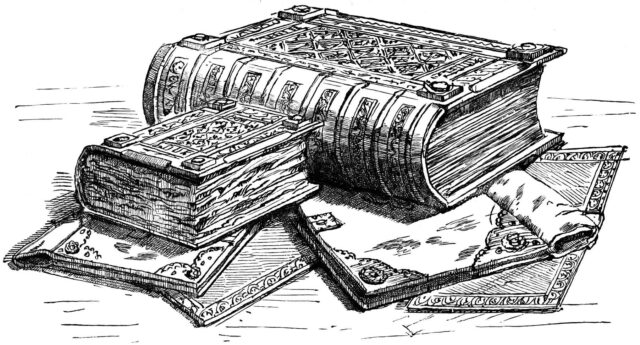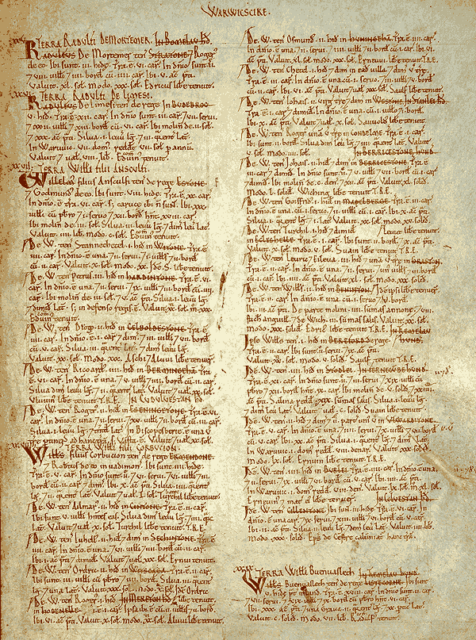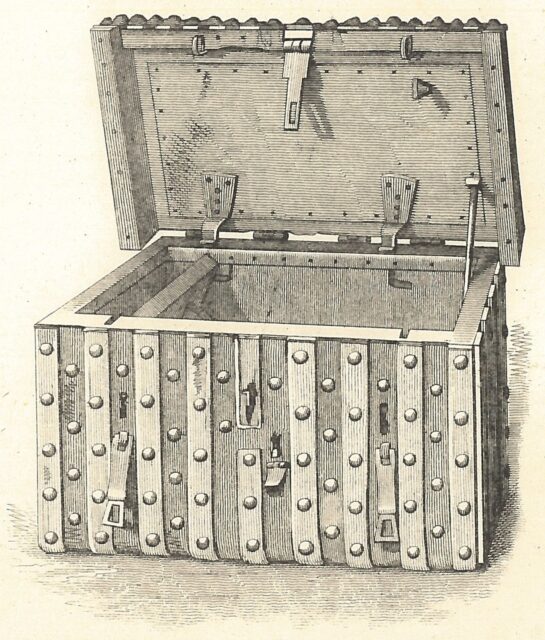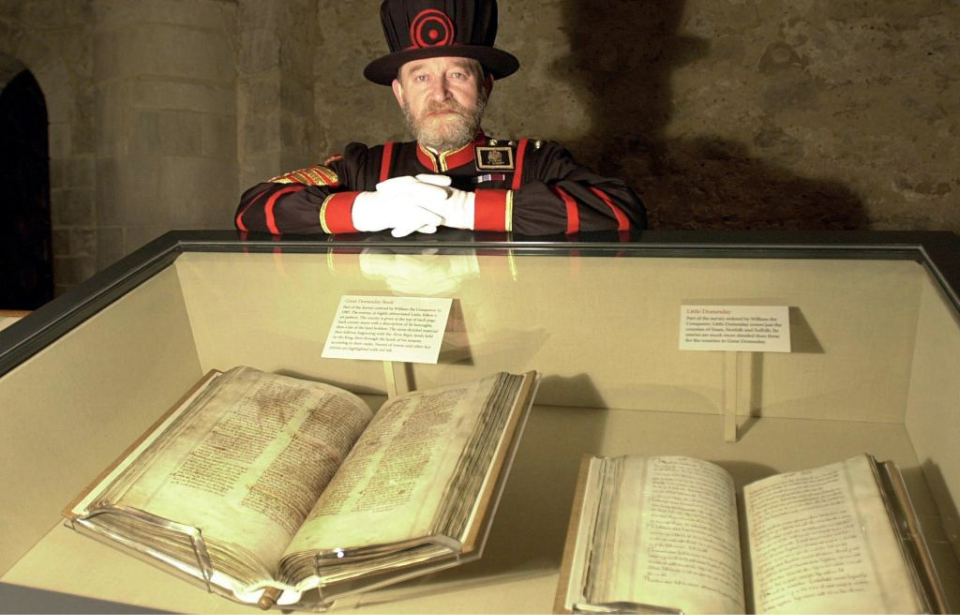The Battle of Hastings in 1066 marked the start of William the Conqueror’s rule over England when he defeated the Anglo-Saxon King Harold II. Less than 20 years later, his throne was threatened by Denmark. To find out the financial and military resources he had at his disposal in case war broke out, William ordered a massive survey of his kingdom. This assessment, the size of which was unrivaled until the first general population survey of 1801, came to be known as the Domesday Book.
William the Conquerer surveys his kingdom

In 1085, around Christmastime, William the Conquerer commissioned a survey of all of the boroughs and manors in his realm, to learn exactly who owned what, their worth and what taxes, if any, were owed, as well as any rents or military service. The survey records which manors belonged to what estates, as well as the identities of the owners, the king’s principal barons, and clergymen who held crown land and who may have owed military service.
In essence, this assessment, which only took a year to complete, was designed to record, trace and recover all royal rights and monies. It wasn’t just for the benefit of William – the chief barons had a vested interest in cooperating, as it put into permanent record all of the tenurial gains they’d made since the start of his reign in 1066.
As documented in the Anglo-Saxon Chronicle:
“At the midwinter [1085], was the king in Gloucester with his council … After this had the king a large meeting, and very deep consultation with his council, about this land; how it was occupied, and by what sort of men. Then sent he his men over all England into each shire; commissioning them to find out ‘How many hundreds of hides were in the shire, what land the king himself had, and what stock upon the land; or, what dues he ought to have by the year from the shire.’”
The survey wasn’t an examination of the entire population of England, as the names of those in it were largely landowners. It’s been used for centuries, however, as a legal and administrative document, and is invaluable to historians tracing the history of a particular area or person.
That being said, analyses by historians have revealed that the Domesday Book, as it’s become known, and its contents are not infallible.
Domesday Book

Consisting of 913 pages and two million words, the Domesday Book mentions 13,418 places in England and some parts of Wales, accounting for 268,984 individuals. It’s written in Medieval Latin, the form of the language used in Roman Catholic Western Europe at the time. As was common with Latin, there are copious abbreviations in the book’s language, but it also includes some vernacular – or local terms – that don’t have Latin equivalents.
The Domesday Book was originally a set of two volumes: Great Domesday and Little Domesday, which was ironically the longer version. It was re-bound in the 1980s – 900 years after its completion – into five separate volumes, with the hope being doing so would improve its chances for preservation for another 1,000 years.
Great Domesday is believed to have been written primarily by a single scribe, although the handwriting of a second person has been identified in some notes and entries. Since the entire book, like all publications before the printing press, was hand-done, errors and inconsistencies were inevitable; it’s over these errors that historians argue and exercise some caution against taking everything in the book at face value.
Little Domesday is smaller in physical size than its companion volume (hence its name), but is actually longer and more detailed, specifically concerning the description of livestock belonging to a manor. As many as seven scribes worked on its pages, and the book, too, consists of errors, likely caused by the speed at which it was written.
Why is it known as the Domesday Book?

The name by which we know the extensive survey today – Domesday Book – wasn’t given until almost 100 years after it was written. It was originally titled Liber de Wintonia (Book of Winchester in English). It came to be known as “Domesday,” as a metaphor for the Last Judgment.
As Richard FitzNeal, a bureaucrat in the service of King Henry II, wrote in Dialogus de Scaccario in 1179, “This is a metaphor: for just as no judgement of that final severe and terrible trial can be evaded by any subterfuge, so when any controversy arises in the kingdom concerning the matters contained in the book, and recourse is made to the book, its word cannot be denied or set aside without penalty.
“For this reason we call this book the ‘book of judgements’, not because it contains decisions made in controversial cases, but because from it, as from the Last Judgement, there is no further appeal.”
Certain settlements were omitted

Not covered in the Domesday Book are several important cities, including London, Winchester and Bristol. Space was left to discuss the former two, but this never happened.
Only certain parts of the Welsh border are covered, and not every town or village that existed in 1085 is included. For example, the survey has an entry for Shepshed, near Loughborough, but the settlements of Long Whatton, Lockington and Hemington, which were included in its borders, aren’t mentioned.
That being said, we know many other villages and settlements date back to pre-Domesday years, thanks, in part, to Anglo-Saxon charters, architectural evidence or even the origins of the place name itself.
More from us: The Earliest Documented Labor Strike Occurred During the Reign of Ramesses III
Given its importance, not to mention the fragile nature of the book, due to its age, the survey rarely goes on public display. It’s currently held at the National Archives at Kew, and its manuscript is available online.
